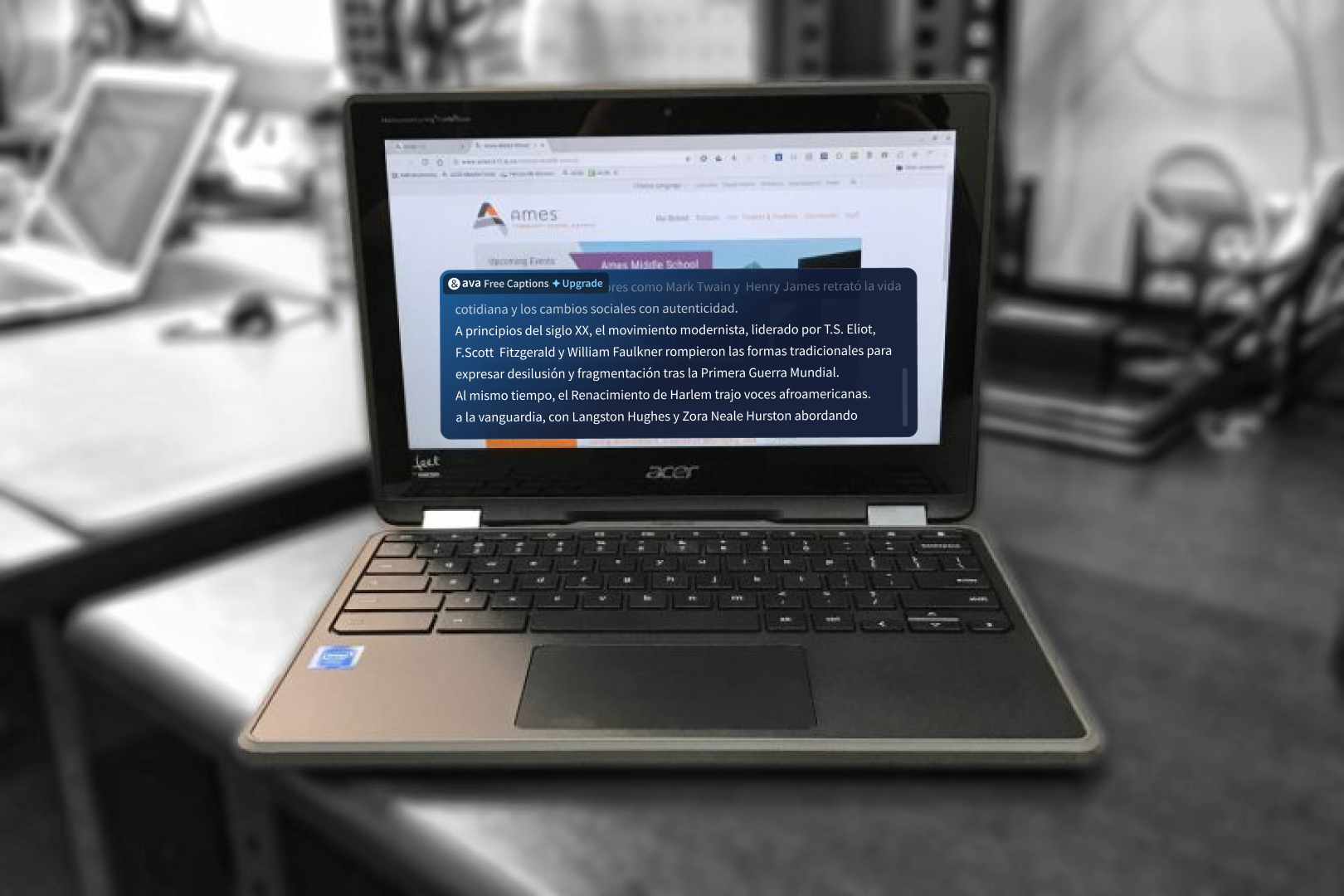
Let’s be real: captions aren’t just for people who are deaf or hard of hearing anymore. They’re for everyone who’s ever tried to follow a rapid-fire dialogue in a British crime drama, sat through a Zoom meeting with garbled audio, or attempted to watch an Instagram video in a noisy subway car.
Live captioning is the real-time translation of speech into text, displayed on a screen as words are spoken. It’s captioning on demand, without the need for pre-recorded scripts or post-production edits. And in a world where digital content reigns supreme, live captioning is quickly becoming less of a bonus feature and more of a necessity.
The Evolution of Captions: From TV Screens to Your Phone
For decades, captioning was mostly confined to television. Closed captions (CC) became a staple for broadcast networks, mandated by the Federal Communications Commission (FCC) in 1993 for TVs larger than 13 inches. These captions, which could be toggled on and off, were crucial for accessibility but had their limitations—mostly tied to pre-recorded content.
Then came open captions, always visible and embedded directly into a video. Think of those viral TikToks where creators manually add captions to ensure everyone can follow along—whether they have hearing loss or are just scrolling on mute.
But live captioning? That’s where things get interesting. Whether it’s speech-to-text software or human stenographers transcribing conversations in real-time, live captions have opened up a world of accessibility for people with hearing impairments and anyone else who benefits from clear, instant transcription of spoken words.
How Live Captioning Works: The Tech Behind the Text
Live captioning relies on two main methods:
- Automatic Speech Recognition (ASR) – AI-driven software converts spoken words into text in real-time. This tech is found in video conferencing platforms (Zoom, Google Meet), streaming services, and even your smartphone’s voice-to-text function. While ASR is fast and cost-effective, accuracy depends on audio quality, accents, and background noise.
- Human Stenographers (CART) – Communication Access Realtime Translation (CART) uses trained professionals who transcribe speech using special stenography machines. It’s the gold standard for accuracy, commonly used in courtrooms, live broadcasts, and educational settings. The downside? It’s more expensive and requires scheduling in advance.
Where You’ll Find Live CaptionsLive captioning isn’t just about TV and movies anymore. Here’s where it’s making a difference:
- Meetings & Conferences – Platforms like Microsoft Teams, Zoom, and Google Meet offer built-in live captions, helping participants stay engaged even if audio quality suffers, but don’t offer 99% accurate captions to keep up with ADA compliance.
- Education – Students with hearing disabilities (or those who simply process text better than audio) benefit from CART services in lectures and webinars.
- Social Media & Streaming – TikTok, Instagram, and YouTube now incorporate live captions for accessibility and engagement.
- Public Events & Theater – Some theaters and live venues provide real-time captioning for audiences via personal devices or projection screens.
- Healthcare & Telehealth – Captioning ensures accurate communication during virtual medical appointments.
Why Live Captions Matter More Than EverLive captions aren’t just about accessibility; they enhance comprehension, engagement, and inclusion for everyone. Studies show that even viewers without hearing impairments often turn on captions while watching content. Why? Because audio isn’t always clear, accents vary, and multitasking while watching is the norm.Businesses, educators, and content creators are realizing that captions aren’t an afterthought—they’re a game-changer. They expand reach, ensure compliance with accessibility laws, and create a better experience for all users.Using Ava for Live CaptionsAva provides live captions for Deaf and hard-of-hearing people. Our mission is to break down barriers to communication by offering a solution adapted to all situations in professional and personal life. Designed for accessibility, Ava provides real-time captions for conversations, whether you’re in a classroom, business meeting, or just chatting with friends.
- How It Works: Ava uses AI-driven ASR with human correction options to deliver 99% accurate, real-time captions.
- Key Features:
- Live captions for in-person and online conversations.
- Customizable text size, color, and SpeakerID for readability.
- Integration with video conferencing tools like Zoom.
- Available as a mobile app and web platform. Learn more.
With Ava, live captions are no longer limited to big corporations or government mandates. They’re for everyday users who want to make communication clearer and more inclusive.The Future of Live CaptioningAs AI technology improves, real-time captions will become faster and more accurate. Expect to see live captioning seamlessly integrated into everyday life—think AR glasses projecting captions in real time or smart assistants transcribing conversations without missing a beat.But the real future of live captioning? It’s about making the world more accessible, one word at a time. Whether you’re hard of hearing, speaking a second language, or just trying to keep up with fast-paced dialogue, live captions are here to help.So next time you turn on captions while binge-watching Netflix or dial into a Zoom meeting with subtitles, remember: this isn’t just about convenience. It’s about ensuring that everyone—regardless of hearing ability—gets a seat at the table of communication.



